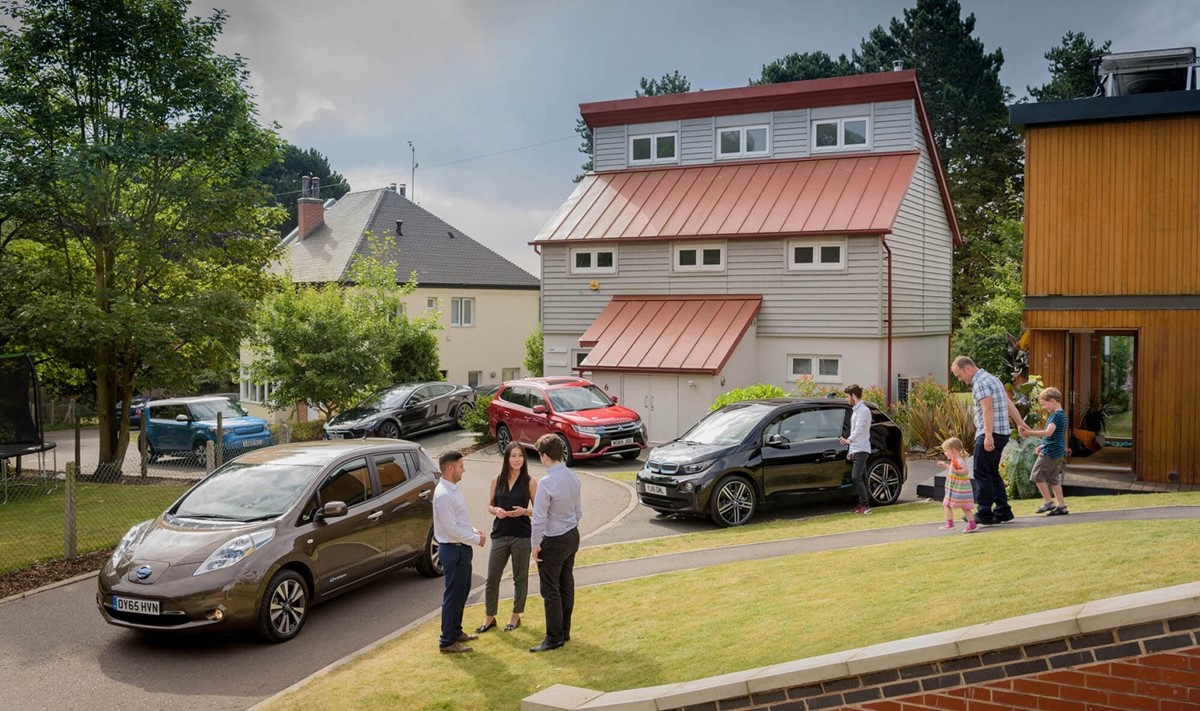The Government Launches Clean Air Zone Framework
-
05 May 2017
-
EA Technology

The Government has today launched a document entitled ‘Clean Air Zone Framework – Principles for setting up Clean Air Zones in England’. Proposals include the retrofitting of emission-reducing equipment to the highest polluting vehicles and the introduction of more Clean Air Zones.
Vehicles meeting a minimum standard would gain free entry into a Clean Air Zone – this would include fully electric and hydrogen fuel cell vehicles, and hybrid vehicles which meet minimum emissions requirements could also be exempt – along with diesel cars with Euro 6 standards and petrol cars with Euro 4 standards. The document states that: “Ultra low emission vehicles with significant zero emission range will never be charged for entering or moving through a Clean Air Zone.”
The document says that ensuring Clean Air Zones provide ‘in use’ incentives for ULEVs (ultra low emission vehicles) should also help incentivise drivers affected by Clean Air Zones to choose ULEVs in any decisions about buying a new vehicle. This may take the form of priority access or benefits for ULEV use, including:
- providing preferential parking bays or access for ULEVs.
- lower parking fees for ULEVs.
- preferential delivery bays or access for ULEVs.
- ULEV taxis being given preference at ranks.
- dedicated taxi only city centre and strategic charging hubs.
- allowing access to bus lanes, and exemptions from other restrictions.
The government has warned local authorities they should explore all other alternatives to tackle air pollution before fining motorists who drive polluting vehicles into city centres – although London has already proposed a T-Charge ‘toxic’ tax.
There was talk beforehand that a diesel scrappage scheme may be introduced, but there is no mention of this in the plan.
The plans are now open for public consultation until 15th June, ahead of the final air quality plan’s publication on 31st July.
Vehicle excise duty was cut in 2001 on diesel cars to reduce carbon dioxide emissions to encourage purchase of fuel-efficient diesels. The policy was in response to the 1997 Kyoto climate change treaty. Four in ten cars on British roads – almost 12 million – are now running on diesel. However diesel-engined cars can produce four times more nitrogen dioxide and 22 times more particulates than petrol-engined cars – both of which are major risks to health.
The government has been ordered by the courts to produce a final plan by the end of July to bring the UK back into compliance with EU air quality rules as soon as possible, following a lengthy court battle with environmental law firm ClientEarth. Its first plan was rejected by the courts last year for not being ambitious enough.
Caroline Lucas, the co-leader of the Green Party, has described the plan as ‘feeble’.
What are the implications for drivers?
This Government White Paper will provide yet more reasons to encourage sales of electric vehicles.
Pure electric cars have no tailpipe emissions – which is essential to help improve levels of local air quality. If a pure electric car isn’t seen as a practical option due to limited driving range, then a plug-in hybrid or an extended-range electric vehicle would be ideal for people whose driving is mainly local, with occasional longer journeys.
The document states that “the UK has a long term ambition for all new cars and vans to be zero emission by 2040, and for nearly every car and van to be zero emission by 2050. This means over the next few decades the number of electric and ultra low emission vehicles on UK roads will significantly increase.”
However prior to the launch of this document, sales of electric vehicles have been rising anyway. While the UK electricity system has plenty of capacity to deliver energy to electric vehicles, recent research suggests that if clusters of EVs develop in local areas and they’re all charged simultaneously then some local electricity networks may require costly reinforcement.
A smart charging system, such as the one being trialled in EA Technology’s Electric Nation project, could alleviate the stress on the electricity network caused by clusters of EVs charging at the same time. Electric Nation is recruiting 500 to 700 people buying or leasing any model of EV (including pure electric or plug-in hybrid) to take part in the largest trial of its kind.
